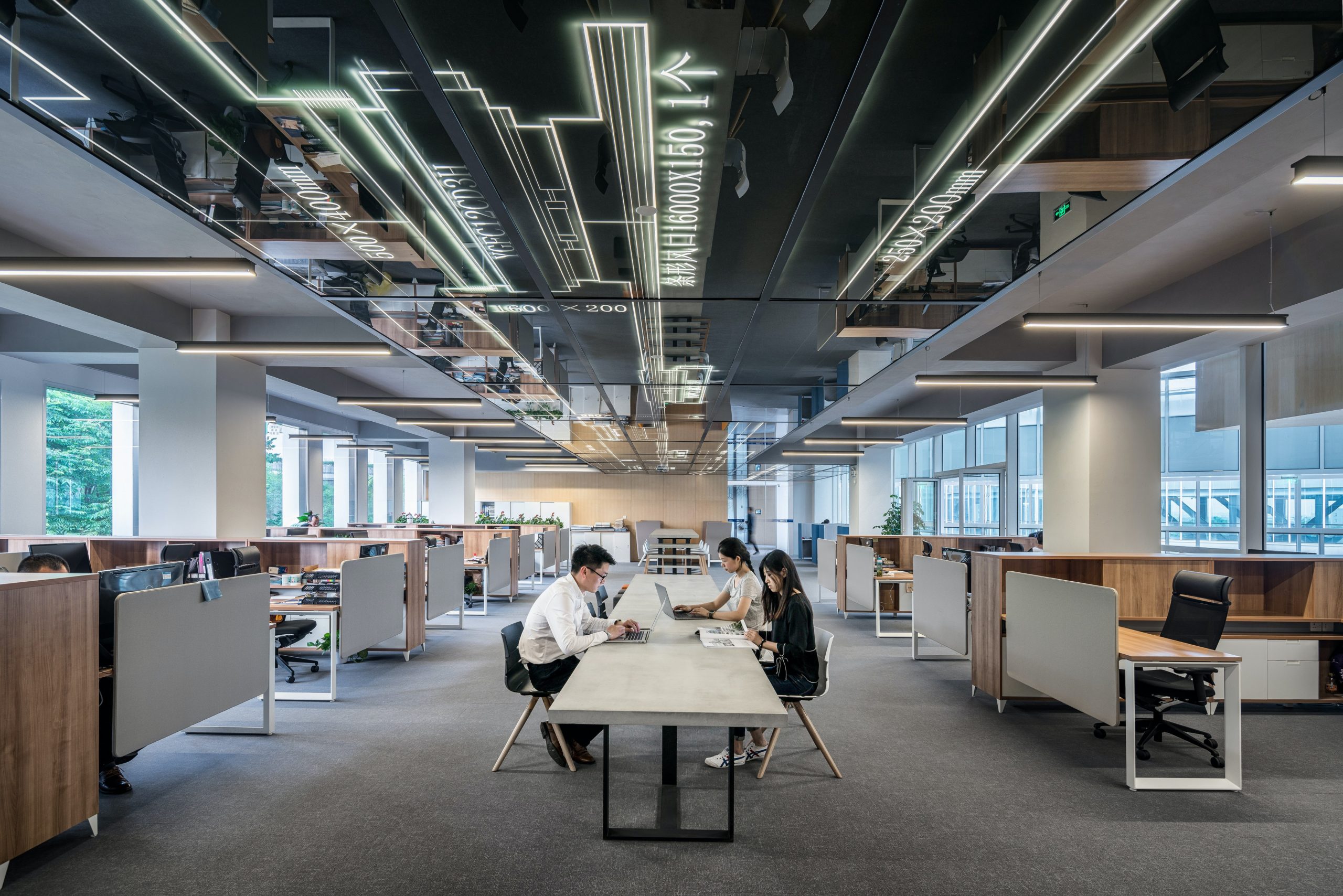
In most instances, staying home with the family instead of heading to work would sound great—but maybe working from home is actually not all it’s cracked up to be. The staff meetings over Facetime that just keep buffering? Or the “Yeah, sorry, hold on one second, that’s my five–year–old in the background. Can you hear me now?”
We’re aware this way of working isn’t going to last forever, so when are we going to make our comeback?
Well, many environmental and behavioral changes need to be implemented and tested in the workplace before things can start going back to some-what “normal”. Infact, several companies have already began experimenting with certain modifications to create an efficient, but safe, way to work…at work.
Below are potential changes you can expect in your workplace when you return:
Changes to the office:
- Air Quality: According to Colliers International, most buildings have a tremendous amount of recirculated air. Since the virus can remain in the air for up to three hours, it will be essential for ventilation systems to bring in more air. Some systems will have to adjust their standards to adhere to health rather than energy efficiency.
- Each employee will have a larger perimeter of free space around them, most likely separate workstations with higher partitions. Private offices, albeit smaller, will start becoming more popular.
- Markers will be placed on the floor to illustrated what six feet look like.
- There will be interaction with security and temperature checks, to ensure that no one is sick. There may be restricted entry into the building— only one access point instead of several. This may cause line-ups just to get into work.
Changes to protocol:
- There will be a big focus on getting as many people working productively from home as possible. Those who are needed at work will come in staggered shifts (decreasing possible interaction between people).
- Sick policies will change: If you show up to work sick, you’re probably going to be pressured to go back home.
- Paperless Office? This is the perfect time to cut down on paper! For example, lawyers will need to change the way they work—maybe a DocuSign can become sufficient whereas before several hard copies would be required.
- Using arrows on the floor, employees are encouraged to travel only clockwise in lanes around the office to decrease the spread of pathogens. (The same approach healthcare workers take).
- A company in the Netherlands currently has each employee grab a paper place mat for their desk, that is then disposed of at the end of the day. This can help mitigate contact-based spread of the virus on office surfaces.
As you can see, many precautions must be taken to ensure employees will be safe at work. Coming back to the office will definitely be a slow process, with people coming back in waves rather than all at once. However, these new practices will ease over time post-vaccines, and as COVID-19 is more under control.
Written by: Marusya Madubuko
Citations:
https://knowledge-leader.colliers.com/colin-scarlett/post-covid-19-office-design-and-market/
https://www.cbc.ca/news/business/post-pandemic-offices-1.5551308
https://www.marketplace.org/2020/04/22/how-will-office-spaces-change-after-covid19/
